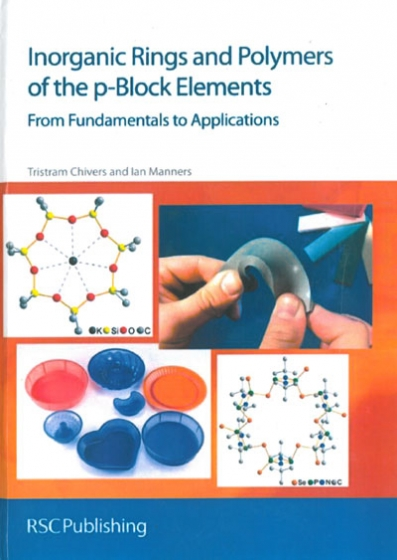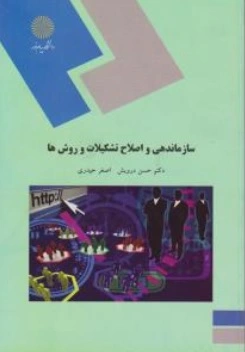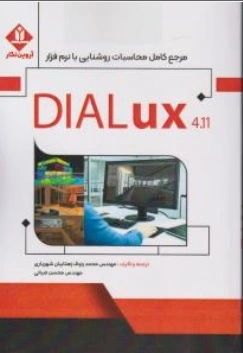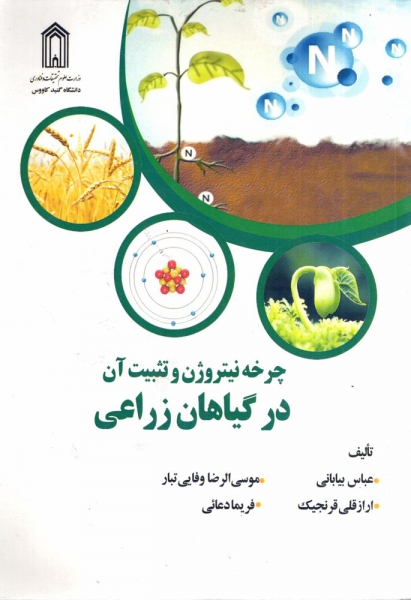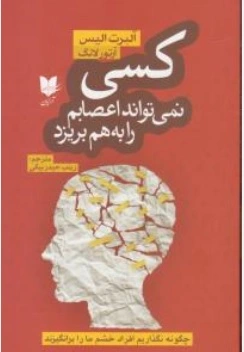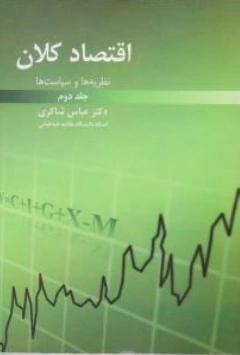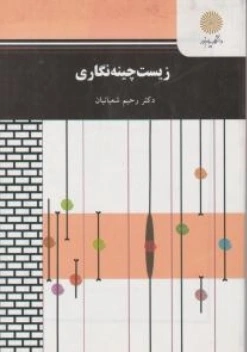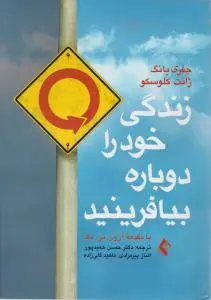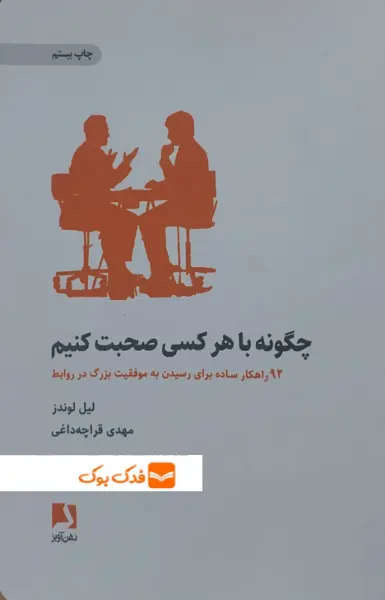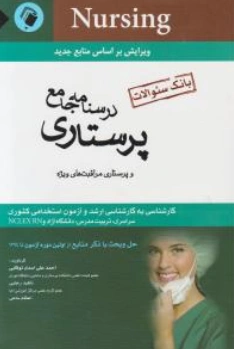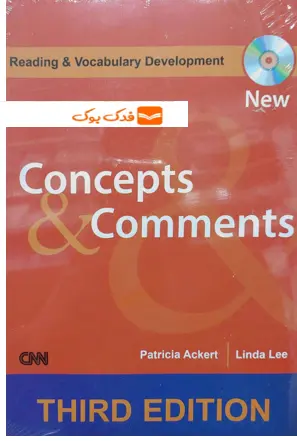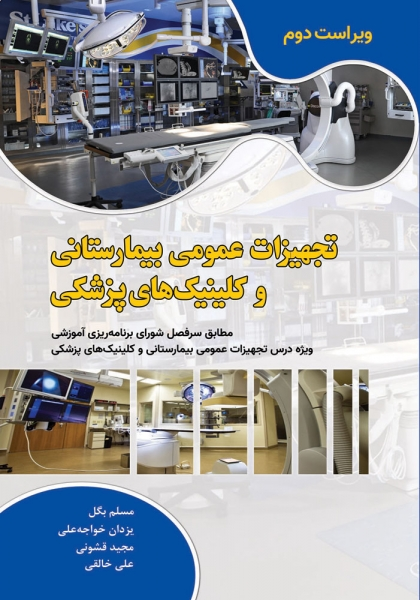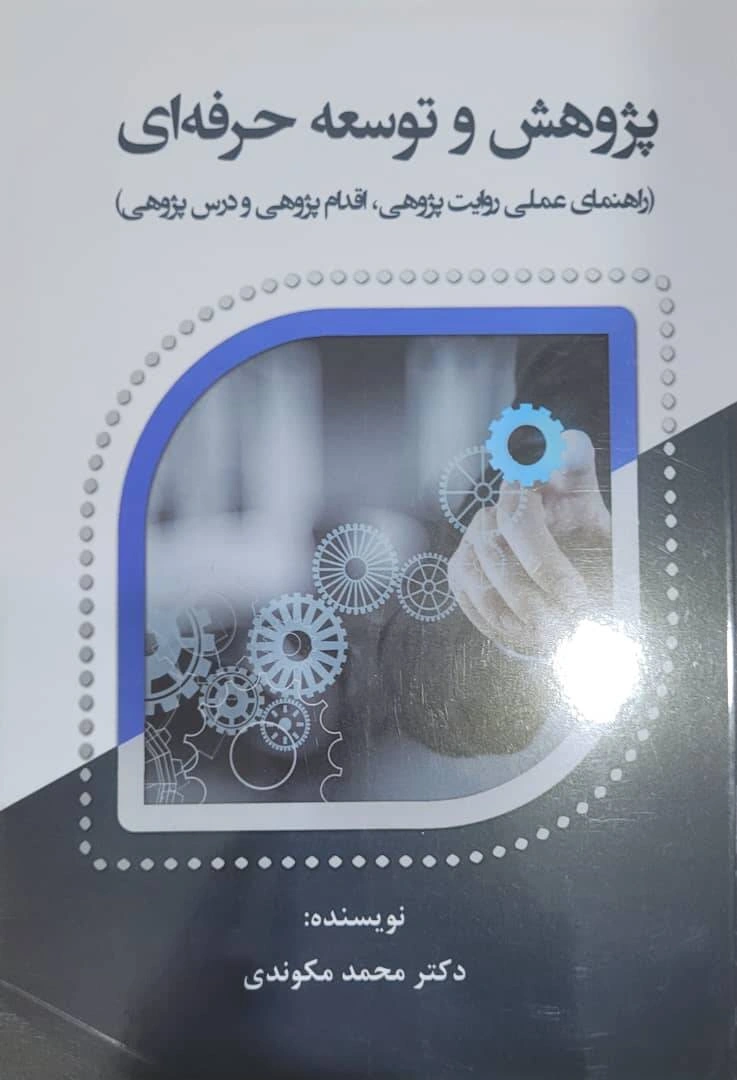Preface
The chemistry of inorganic ring systems of the p-block elements has a long and venerable history that dates back to the early 19th century. In addition to an assortment ofhomocyclic systems, many of which can be related to well-known organic rings, there is an extraordinary variety of heterocyclic systems that result from various combinations ofp-block elements. Early studies focused on the development of appropriate methods for the synthesis of inorganic rings and, subsequently, on structural determinations. In the case of unsaturated systems, the unusual features of inorganic heterocycles have been addressed by theoretical chemists and their insights have led to the advancement of our understanding of chemical bonding. The development of polymers with pblock element backbones (other than carbon) with useful applications is more recent. It received a major impetus at the time of the Second World War with the evolution of the silicone industry in response to the need for polymeric materials with higher thermal stability than that of organic polymers. Today, while the fundamental interest in the synthesis, structures and bonding in novel inorganic rings continues, the emphasis has shifted to their applications as precursors for useful materials. The synergic relationship between rings and polymers through the process of ring-opening polymerisation has been a major driving force in this progression. In addition to polymers, inorganic heterocycles have been shown to provide a convenient source for the generation of a large variety of semiconductors or ceramic materials.
Although standard inorganic textbooks cover some aspects of. the better known inorganic ring systems and polymers (see Chapter 1), there is no monograph that is dedicated to this topic. This book attempts to fill that gap. In particular, we aim to address both fundamental and applied aspects of these inorganic materials. The first eight chapters are intended as a general introduction to the subject that would be suitable as a supplement to a senior undergraduate course or graduate course in p-block element chemistry.
Contents
Chapter 1: Introduction to Inorganic Rings and Polymers
Chapter 2: Synthetic Methods
Chapter 3: Characterisation Methods
Chapter 4: Electronic Structure and Bonding
Chapter 5: Paramagnetic Inorganic Rings
Chapter 6: Inorganic Macrocycles
Chapter 7: Ligand Chemistry
Chapter 8: Synthesis and Characterisation of Inorganic Polymers
Chapter 9: Group 13: Rings and Polymers
Chapter 10: Group 14: Rings and Polymers
Chapter 11: Group 15: Rings and Polymers
Chapter 12: Group 16: Rings and Polymers


